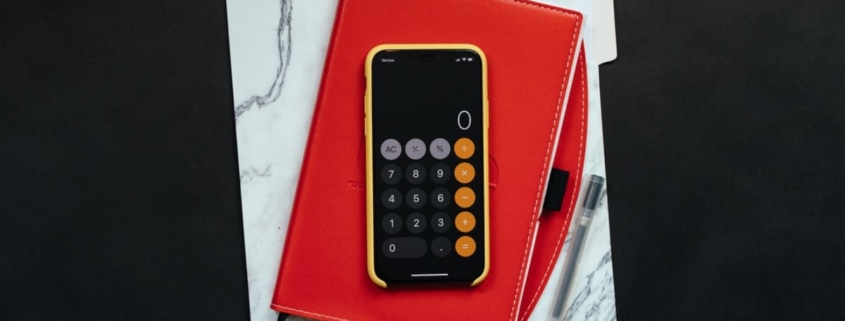PPP Borrower Questionnaires – What You Should Know
Please note: This blog is current to the date of its publication, Friday, Nov. 6. For additional updates or assistance navigating these uncertain times, please contact us or visit our SST COVID-19 resource page.
Recently, the Small Business Administration (SBA) issued questionnaires for Borrowers that, together with their affiliates, received $2 million or more in funding from the Paycheck Protection Program (PPP). The purpose of these questionnaires is to provide additional information for evaluation of the good-faith certification of economic need made on the initial loan application.
Once a Lender submits a loan forgiveness decision to the SBA, the SBA will send the appropriate questionnaire to the Lender who will then submit to the Borrower for completion and supporting documentation. The Borrower has 10 days from receipt to complete and submit the questionnaire to the Lender, who then has five days to remit to the SBA. Once received, the SBA has 90 days to respond.
One questionnaire, Form 3509, applies to for-profit organizations and requires information related to business activity and liquidity, including:
- Borrower’s gross revenue for Q2 2020 compared to Q2 2019 or, if the Borrower did not exist in Q2 2019, compared to Q1 2020 (seasonal borrowers can use Q3)
- Certifications related to government-mandated shutdowns or altered operations
- Information regarding new, non-COVID-related capital improvement projects started between March 13, 2020, and the end of the covered period
- Liquidity assessment as of the last day of the calendar quarter immediately before the date of the Borrower’s PPP loan application
- Transactional activity between March 13, 2020, and the end of the loan forgiveness covered period, including:
- Dividends or other capital distributions
- Prepaid debt
- Compensation >$250,000, on an annualized basis
- Publicly traded security activity or involvement
- Funding from other Coronavirus Aid, Relief and Economic Security (CARES) Act programs, excluding tax benefits
Another questionnaire, Form 3510, applies to nonprofit organizations and requires information related to nonprofit activity and liquidity, including:
- Borrower’s gross receipts, in total and specifically related to gifts, grants and contributions, for Q2 2020 compared to Q2 2019 or, if the Borrower did not exist in Q2 2019, compared to Q1 2020 (seasonal borrowers can use Q3)
- Borrower’s expenses for Q2 2020 compared to Q2 2019 or, if the Borrower did not exist in Q2 2019, compared to Q1 2020 (seasonal borrowers can use Q3)
- Certifications related to government-mandated shutdowns or altered operations
- Information regarding new, non-COVID-related capital improvement projects started between March 13, 2020, and the end of the covered period
- Liquidity assessment as of the last day of the calendar quarter immediately before the date of the Borrower’s PPP loan application
- Transactional activity between March 13, 2020, and the end of the loan forgiveness covered period, including:
- Prepaid debt
- Compensation >$250,000, on an annualized basis
- Restricted funds
- Endowment holdings and related restrictions
- Value of non-cash investments
- Schools, colleges, universities and health care providers are required to submit industry-specific information, including:
- Median tuition paid per student and additional financial assistance offered for the 2019-2020 school year
- Program service revenue related to patient care and discounted patient care services
- Funding from other CARES Act programs, excluding tax benefits
Navigating the PPP loan forgiveness process can seem daunting, but it doesn’t have to be. The experts at SST are equipped and available to guide your organization through each step. Contact us today to learn more or schedule a consultation.
Special thanks to SST Partner Emily Cook for providing the content for this post.







